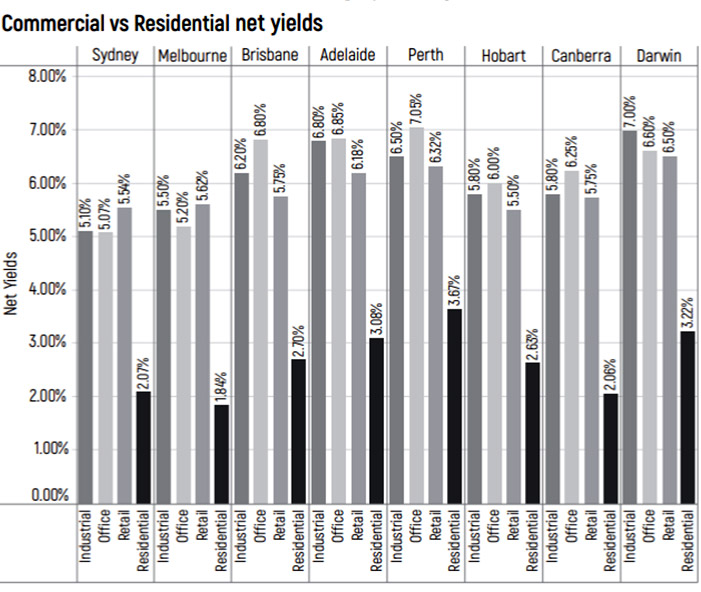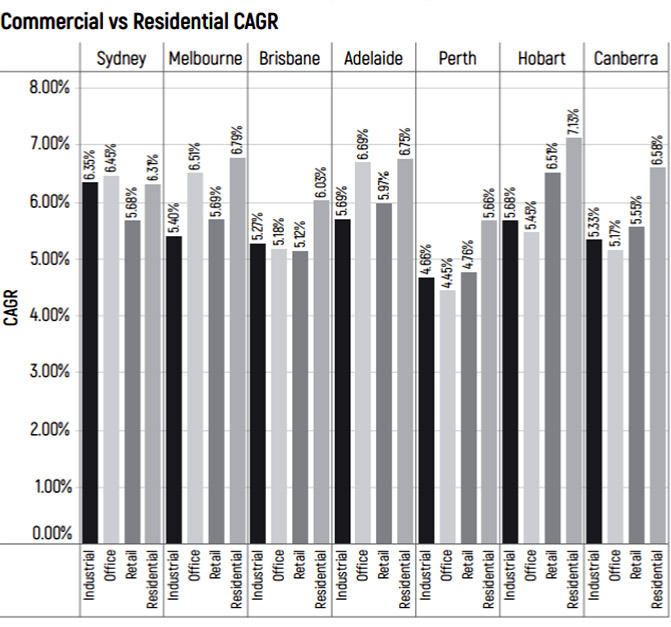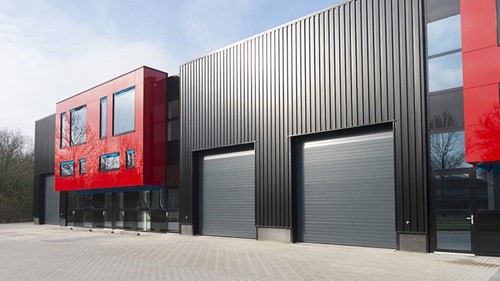Commercial property offers potentially triple cash flow of residential
While it might sound like it should be filed in the 'too good to be true' folder, commercial property cash flow can markedly exceed that of residential property investments.
The phrase “How to triple your cash flow” can seem misleading at first, almost like something a suspicious property dealer might advertise.
But contrary to popular belief, a doubling or more of investor cash flow is typically what can be expected when venturing into commercial real estate as opposed to residential property.
This is validated by data of the average net yield figures for each capital city in Australia.
It’s essential to keep in mind that these are statistics reflecting net yield rates, not gross yields. The distinction is critical since gross yield does not take into account costs such as maintenance and insurance, which net yield does.

Source: Rethink Property Investing
The data analysed reveals a remarkable trend in the real estate sector: average net returns on residential properties are typically half of what commercial properties offer.
So, if you purchase well or target even higher yielding commercial real estate, tripling the cash-flow compared to residential property on a net return basis is achievable.
This disparity between residential and commercial property cash flow can be largely attributed to the unique structure of commercial leases.
As a commercial property owner, your financial responsibilities might be significantly less than expected.
For instance, outlays like land rates, insurance premiums, maintenance expenses and even land tax or rental management fees, traditionally the owner’s responsibility, are often completely paid for by the commercial tenants instead.
This model significantly bolsters net returns.
Which investment delivers capital growth?
Over the years I have heard those in the residential camp proclaim that commercial properties appreciate much less in capital value.
I’ve always challenged the validity of this claim, having witnessed impressive capital growth rates emerging from commercial properties and surpassing those from my residential holdings.
To debunk this particular myth, consider looking at the average growth rates for various types of commercial property compared to residential ones.
The table below shows the average compound annual growth rates (CAGR) between 1995 up to 2022.
This period will offer a comprehensive overview, providing a clear picture of growth patterns and trends across the different types of properties.
The result might surprise those who hold the misconception that commercial property’s growth lags.
When we observe the capital appreciation rates for various commercial real estate types across all major cities, they display a remarkable similarity.

Source: Rethink Property Investing
Neither residential nor commercial property has a clear upper hand in terms of capital growth. However, commercial property typically provides twice the cash flow compared to residential when considering net income.
As a result, commercial properties tend to yield higher returns overall, and this includes consideration for periods of vacancy.





















